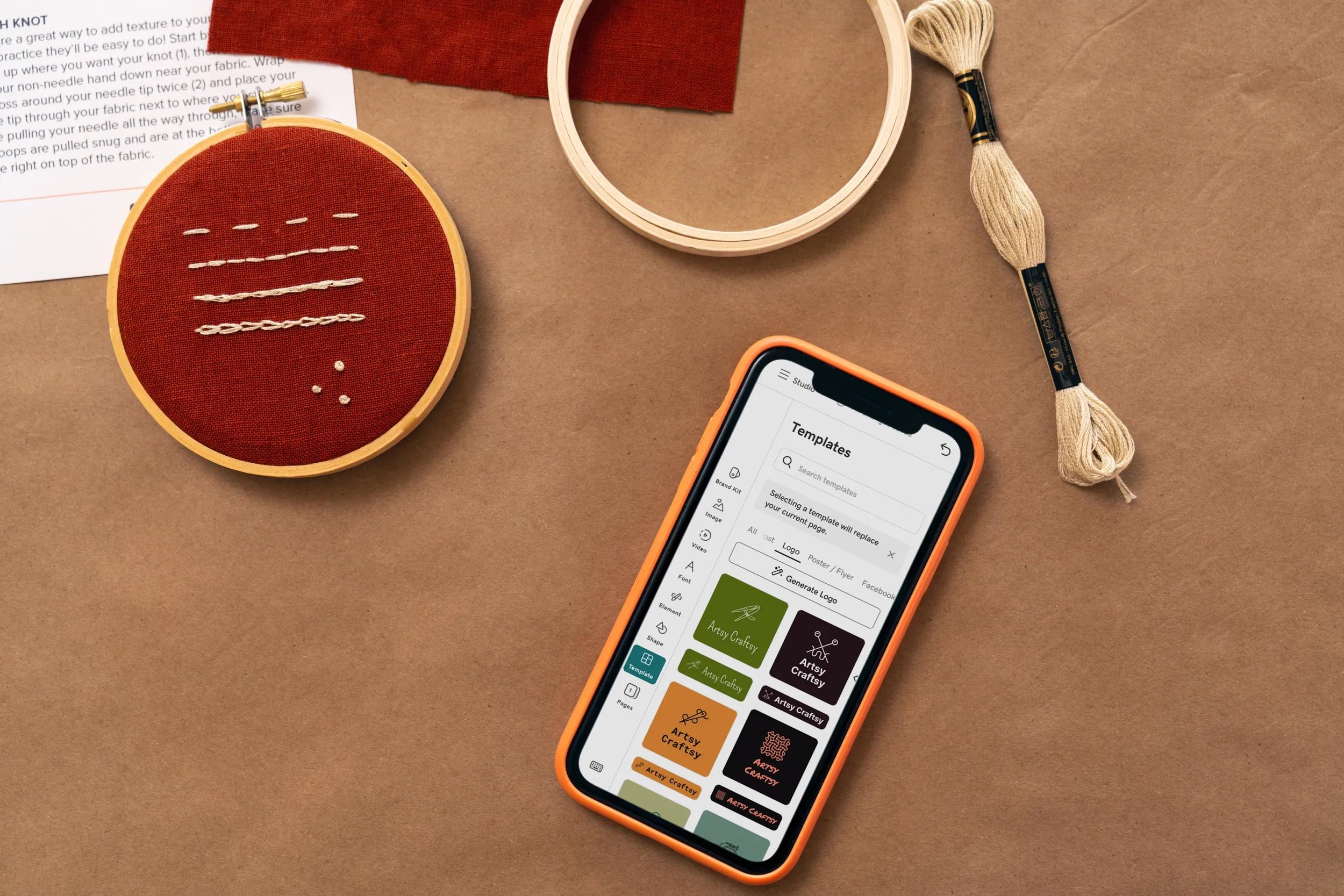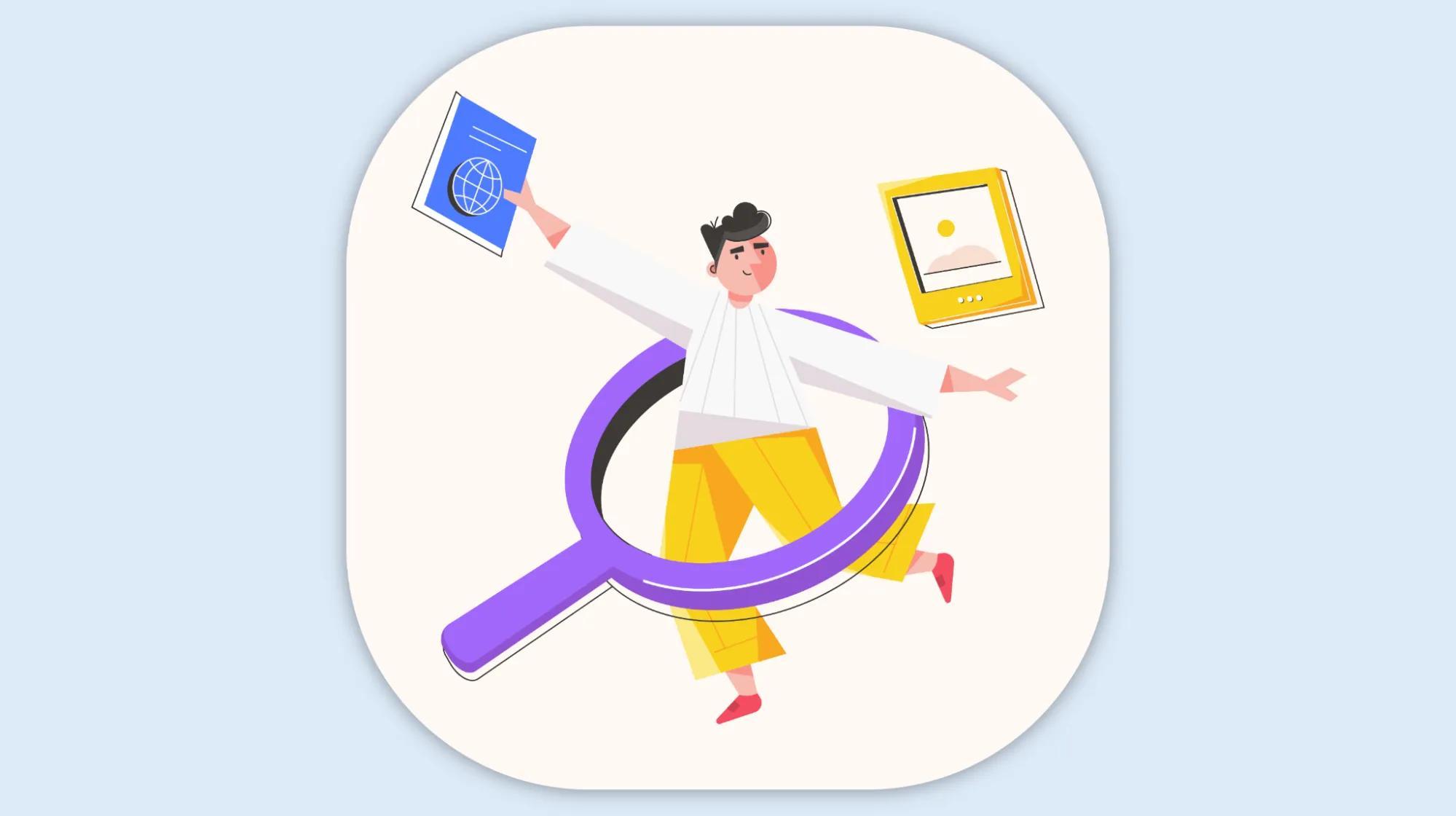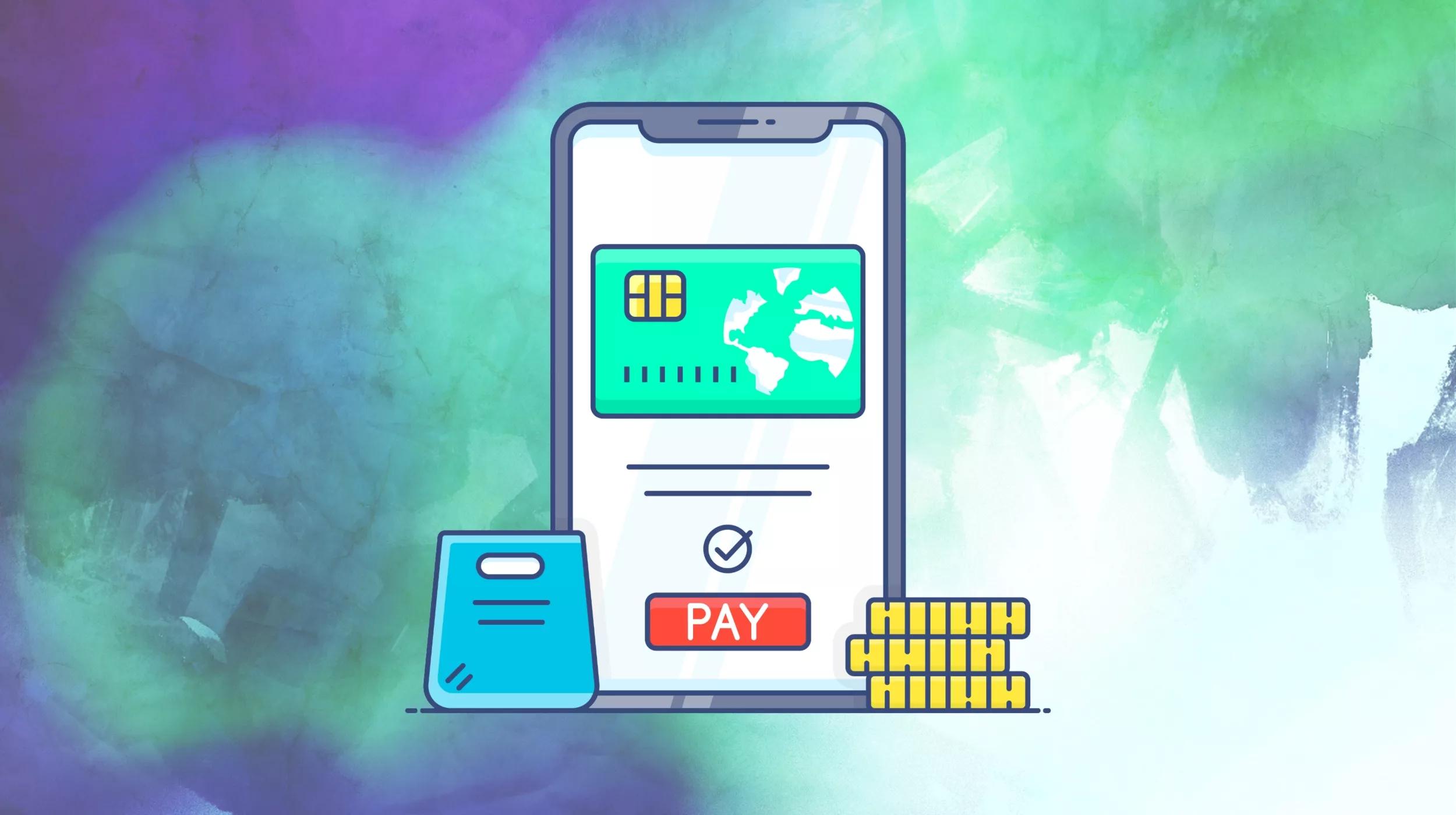Have you ever looked at a logo and instantly recognized the brand, even without reading the name? That’s the power of logo shapes. Shapes are more than just design elements; they speak a visual language that conveys meaning, evokes emotions, and leaves lasting impressions.
Think about some of the biggest brands — Apple, McDonald's, or Nike. Their logos are simple yet powerful, carrying strong brand messages. The shapes in logo design influence how customers perceive a business. A circular logo might feel inviting, while a triangular logo could appear bold and innovative.
So, how do you choose the right shape when creating your business logo? In this guide, I’ll walk you through the psychology behind logo shapes, how they influence perception, and examples of brands that use them effectively.
Get a unique AI-powered logo and more with Airo™ Plus.
What are logo shapes, and why do they matter?
When you think about logo shapes, you might not realize just how much they affect the way we feel about a brand. Every shape has a subconscious association. A tech company may opt for sharp, futuristic lines, while an eco-friendly brand might choose soft, organic curves. The right logo design with shapes ensures your brand is not just seen but understood.
Why shapes matter in logo design
- Shapes influence emotions and shape how a brand is perceived.
- They communicate characteristics such as stability, innovation, or friendliness.
- Companies use logo shapes strategically to reinforce their identity and values.
- A round logo creates a sense of unity and approachability, while a square logo signals strength and consistency.
How to choose the perfect logo shape for your business
Choosing a logo shape isn’t just about picking something that looks good — it’s about selecting a shape that represents your brand’s personality and values. Here’s how to make an informed decision:
1. Know your brand identity
Before selecting a logo shape, clarify what your brand stands for. Ask yourself: What are my brand’s core values? What emotions do I want my audience to feel when they see my logo? A brand that aims to be seen as innovative and forward-thinking might benefit from a triangular or dynamic shape, whereas a business that wants to emphasize trust and stability may choose a square or rectangular logo.
2. Understand shape psychology
Each shape triggers a different emotional response. Circles convey friendliness and unity, squares and rectangles signal reliability, triangles suggest movement and innovation, and spirals evoke creativity and transformation. Understanding the psychological impact of shapes can help ensure your logo aligns with your brand’s desired perception.
3. Consider your audience
Who are your ideal customers, and how do you want them to perceive your brand? A family-friendly brand may benefit from a soft, rounded logo, while a cutting-edge tech company might opt for sharp, futuristic angles. Think about how your audience processes visual cues and learn how to tailor your logo design accordingly.
4. Keep it simple
A memorable logo is often a simple one. Overly intricate designs can be difficult to recognize at a glance, and complex logos may not scale well across different platforms. Consider famous brands like Nike or Apple—their logos are minimal yet instantly recognizable.
5. Think about versatility
Your logo should look good in all settings—whether it's printed on business cards, displayed on a billboard, or used in digital formats like social media icons and website headers. Avoid intricate details that may be lost when resized, and ensure you have a vector file of your logo for easy scaling without loss of quality. Test your design in different sizes and formats to ensure clarity and readability.
6. Test different designs
Once you’ve narrowed down a few potential logo shapes, gather feedback from your audience, employees, or professional designers. A/B testing different logo versions can help you determine which design resonates best with your target audience.
7. Check competitors’ logos
While your logo should stand out, it’s also important to analyze the logos of competitors in your industry. This helps ensure your brand doesn’t look too similar to another business while also allowing you to differentiate yourself effectively. Securing a trademark for your logo is vital as it legally protects your brand's identity, prevents unauthorized use by others, and strengthens your market position
8. Consider adaptability
A well-designed logo should work across all branding materials, including websites, advertisements, business cards, and merchandise. It should be adaptable to color variations (e.g., black-and-white versions for printing) and maintain its effectiveness in various orientations.
The psychology behind different logo shapes
Each logo shape has a unique meaning, and companies use them to tell a story. Let’s break down the most common shapes in logo design and how they impact branding.
Disclaimer: All known trademarks contained herein are the property of their respective owners and their inclusion does not represent any affiliation, endorsement, or sponsorship.
Circular logos
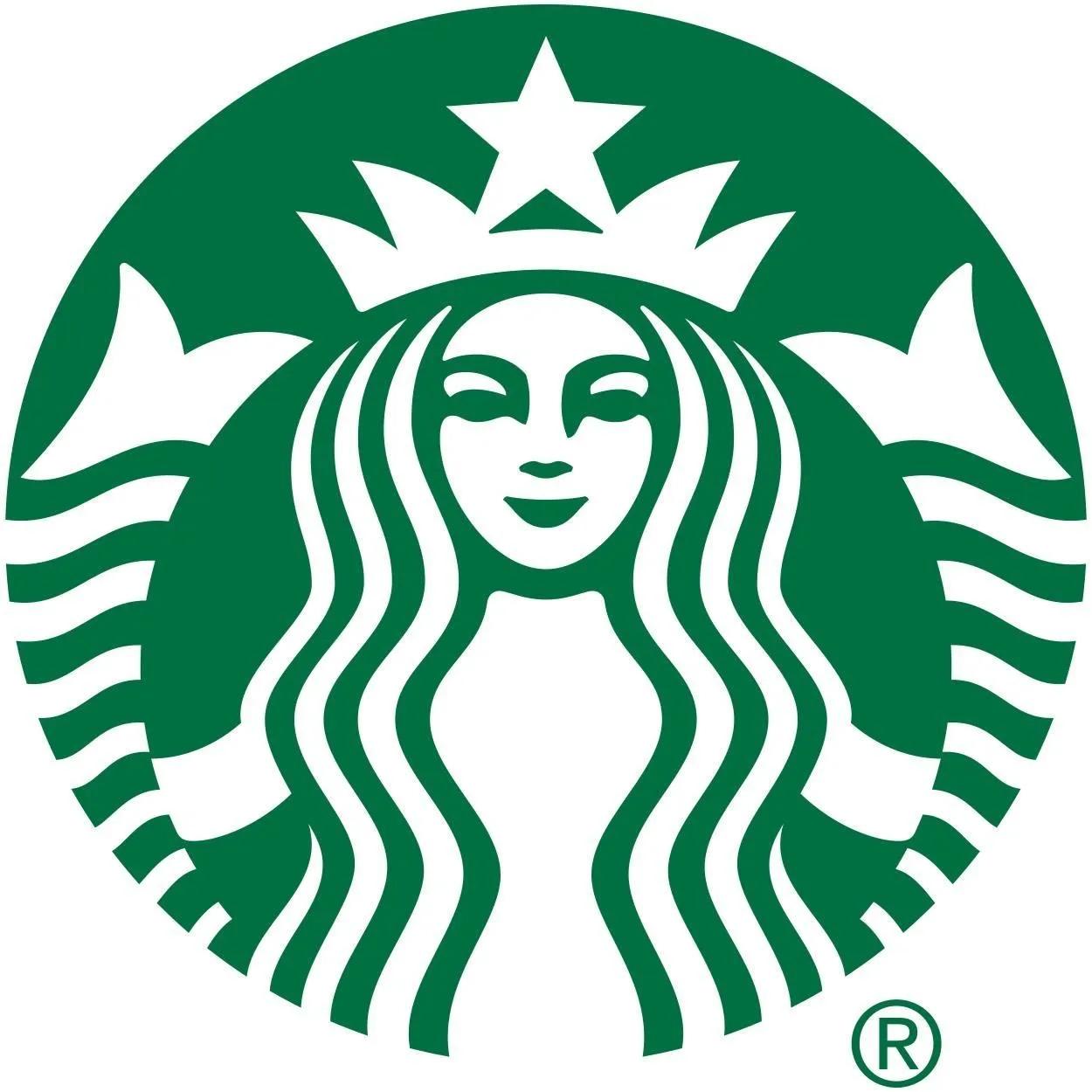
A circular logo is all about harmony, unity, and community. The softness of a circle feels welcoming, making it perfect for brands that want to appear friendly and inclusive. Circles often symbolize completeness and infinity, reinforcing a brand’s longevity and consistency.
Imagine a logo shaped like a ring, with smooth, rounded edges. This design creates a sense of flow and inclusivity, making it ideal for brands that want to connect with a broad audience.
- Meaning: Connection, inclusivity, and timelessness.
- Impact: Encourages trust and approachability.
- Best for: Social media platforms, nonprofits, tech brands, and wellness industries.
- Examples: Pepsi, Target, Audi, Instagram, Google Chrome, Mastercard, Starbucks
Square logos
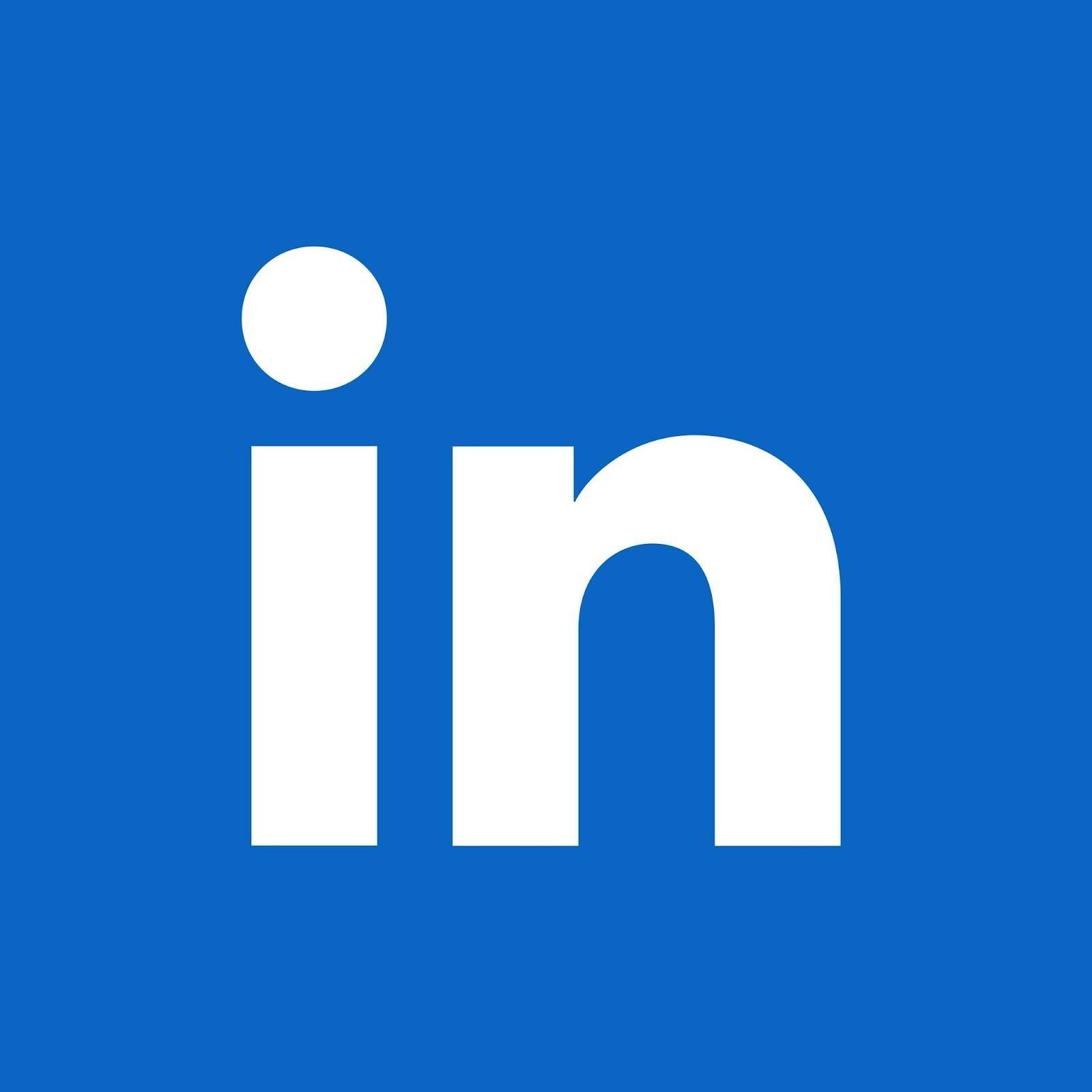
A square logo represents stability and reliability. This shape is structured and orderly, making it an excellent choice for businesses that want to project professionalism. Squares and rectangles are often used in logos for corporations and institutions that emphasize dependability and trustworthiness.
Picture a solid, well-defined square that conveys strength and consistency. It doesn’t waver or change direction, which helps reinforce ideas of security and reliability.
- Meaning: Strength, order, and dependability.
- Impact: Gives off a serious, corporate, and trustworthy feel.
- Best for: Financial institutions, real estate, and legal firms.
- Examples: Microsoft, BBC, Lego, LinkedIn
Triangle logos
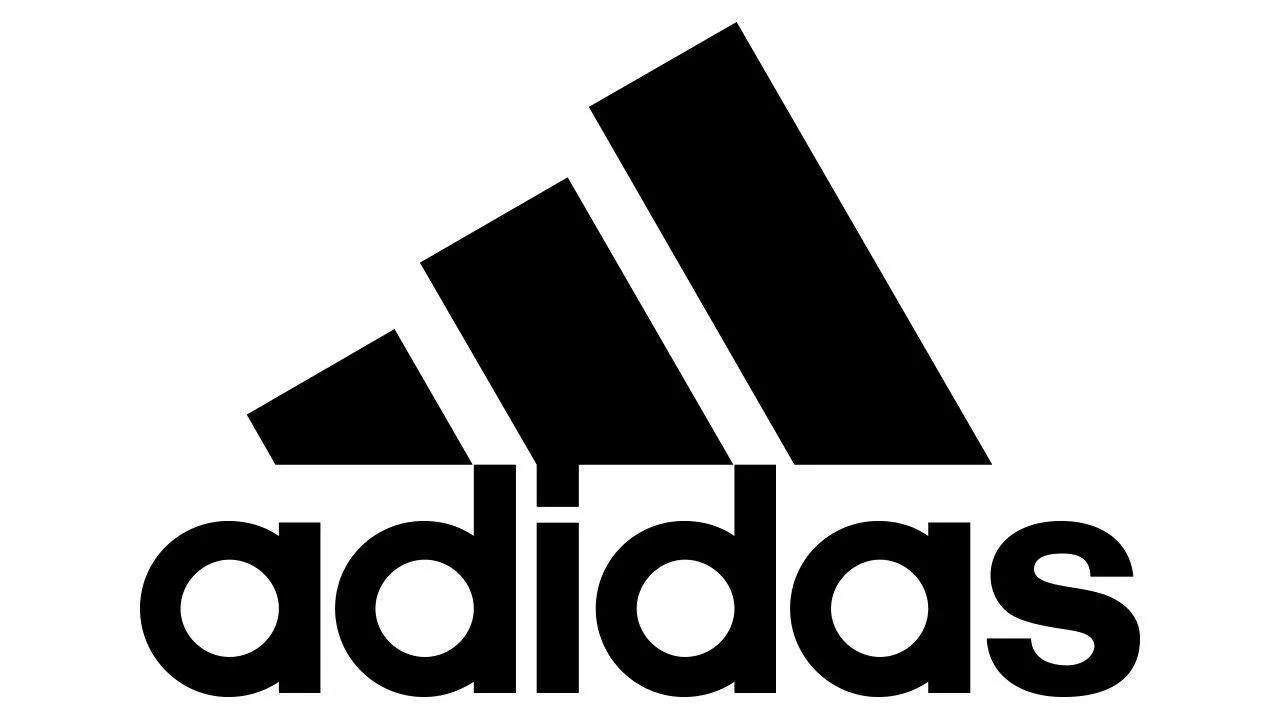
A triangular logo often symbolizes direction, power, and innovation. Depending on its orientation, it can indicate growth (pointing up) or dynamism (pointing sideways). Triangles tend to create a sense of energy and movement, making them great for companies focused on advancement and transformation.
Think of a triangle with a sharp, upward-pointing peak resembling a mountain or arrow. It suggests determination, leadership, and momentum.
- Meaning: Innovation, strength, and movement.
- Impact: Gives off a progressive and forward-thinking impression.
- Best for: Tech companies, sports brands, and creative businesses.
- Examples: Adidas, Google Play, Delta Airlines, Mitsubishi
Spiral logos

A spiral logo represents motion, transformation, and continuous progress. These designs suggest evolution, which makes them ideal for brands that focus on change and creativity.
A spiral is an eye-catching shape that visually draws people inward, symbolizing growth and expansion. This type of logo is common among wellness, education, and tech companies.
- Meaning: Growth, creativity, and adaptability.
- Impact: Captures the idea of motion and development.
- Best for: Creative industries, wellness brands, and tech startups.
- Examples: Debian, Whirlpool, Time Warner Cable, Ubisoft
Looped logos
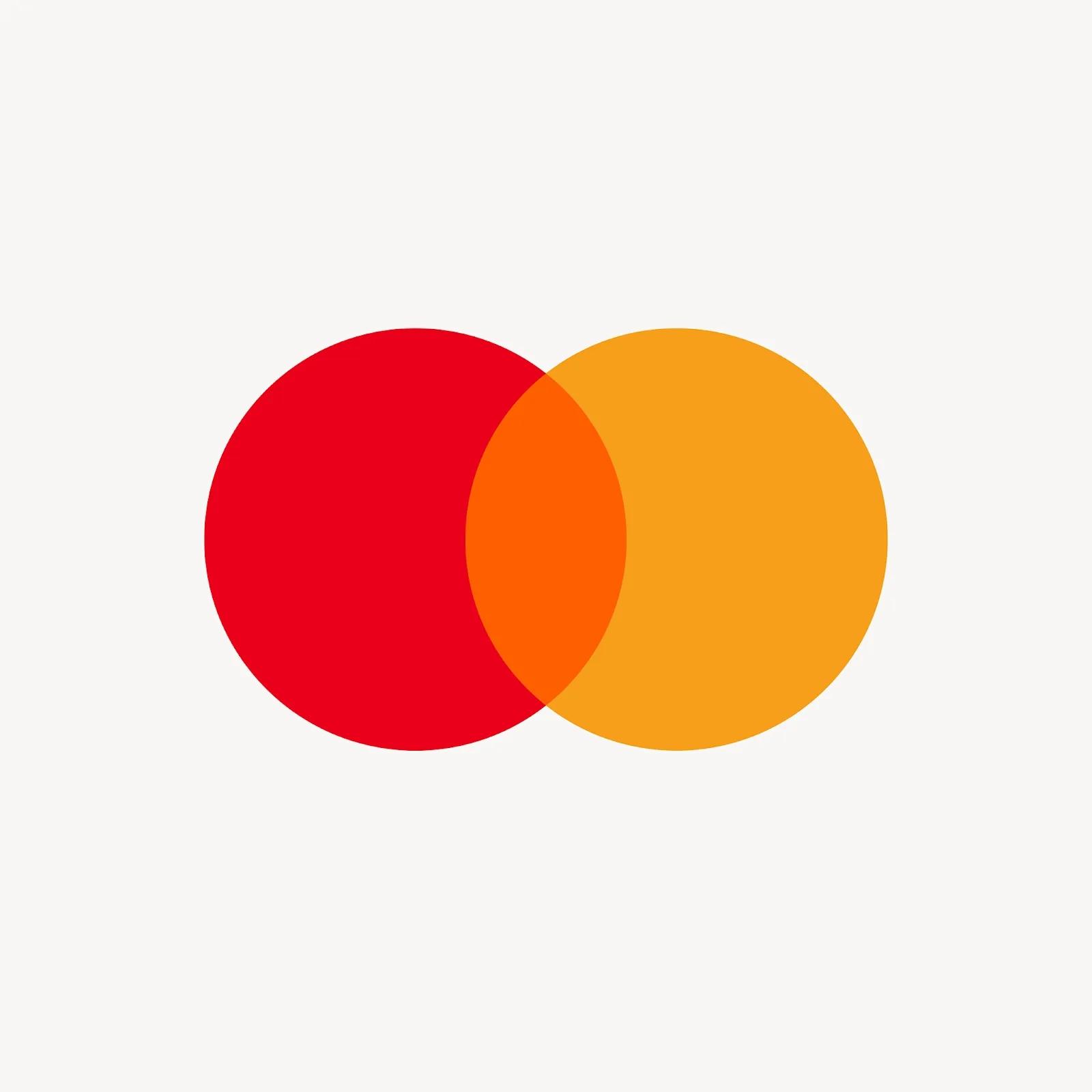
A looped logo conveys continuity and connection, often symbolizing innovation and infinite possibilities.
Loops often create a flowing motion, such as the infinity symbol or interlocking circles. This design suggests flexibility and harmony, making it suitable for modern brands emphasizing networking and collaboration.
- Meaning: Fluidity, collaboration, and movement.
- Impact: Highlights seamless transitions and adaptability.
- Best for: Education platforms, tech brands, and networking companies.
- Examples: Mastercard, Infinity symbol in various brands
What logo shapes to avoid in a design
Not every shape works for every brand. Here’s what to watch out for when designing or redesigning your logo:
- Overly complex shapes: They can be hard to recognize and remember.
- Cliché symbols: Avoid overused icons and logo fonts that don’t stand out.
- Ambiguous meanings: Some shapes may have unintended interpretations.
- Shapes that don’t fit your industry: Ensure your logo shape aligns with your niche.
- Shapes that don’t scale well: Your logo should look great in all sizes, from social media icons to billboards.
- Shapes that lack balance: Asymmetrical or unstructured designs can appear disorganized.
Final tips for choosing and using shapes in your logo design
Your logo shape is more than just a design choice—it’s a visual story that connects with your audience.
Whether you want a round logo to build trust, a square logo for professionalism, or a triangular logo for innovation, the right shape will enhance your brand identity.
Keep it simple, make it meaningful, and choose a shape that reflects your business's identity.

